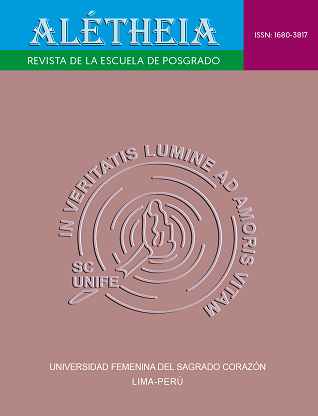A stucfy on semantic memory in students who have eaten camu camu and b/ack maca of a university in the Amazon region of Peru
DOI:
https://doi.org/10.33539/aletheia.2016.n4.1117Keywords:
Semantic memory, camu camu, maca, black maca, young people, antioxidant, hormone.Abstract
The study is of a broader research projcct called "Metabolic evaluation and anti-oxidative effect of Camu Camu and Maca as a nutraceutical in young people aged 18 ro 25 in the Peruvian Amazon University". This proyect evaluated the cognitive effect of two plants, black maca (Lepidium meyenii) and camu camu (Myrciaria dubia) , in the semantic and procedural memory of college students from the Nacional University of the Amazon. The pulp of camu camu and extract of black maca atornized were delivered orally to 80 students between 18-25 rears, divided into 4 groups. Each group received 6 weeks according to the following distribution, group 1 substances: maltodextrin, group 2: Camu camu, group 3: black Maca, group 4: black Maca and Camu camu. Thc effects in semantic memory is assessed at the beginning and at the end of the trial, using the Neuropsychological Test: "The Rey words for semantic memory". The statistical analyses used the data base in EXCEL program and it was transferred to the STATA program 12. The results show a significant increase of semantic memory as an cffcct of the intake of black maca and camu camu, alone or in combination, being this higher with black maca increase.





